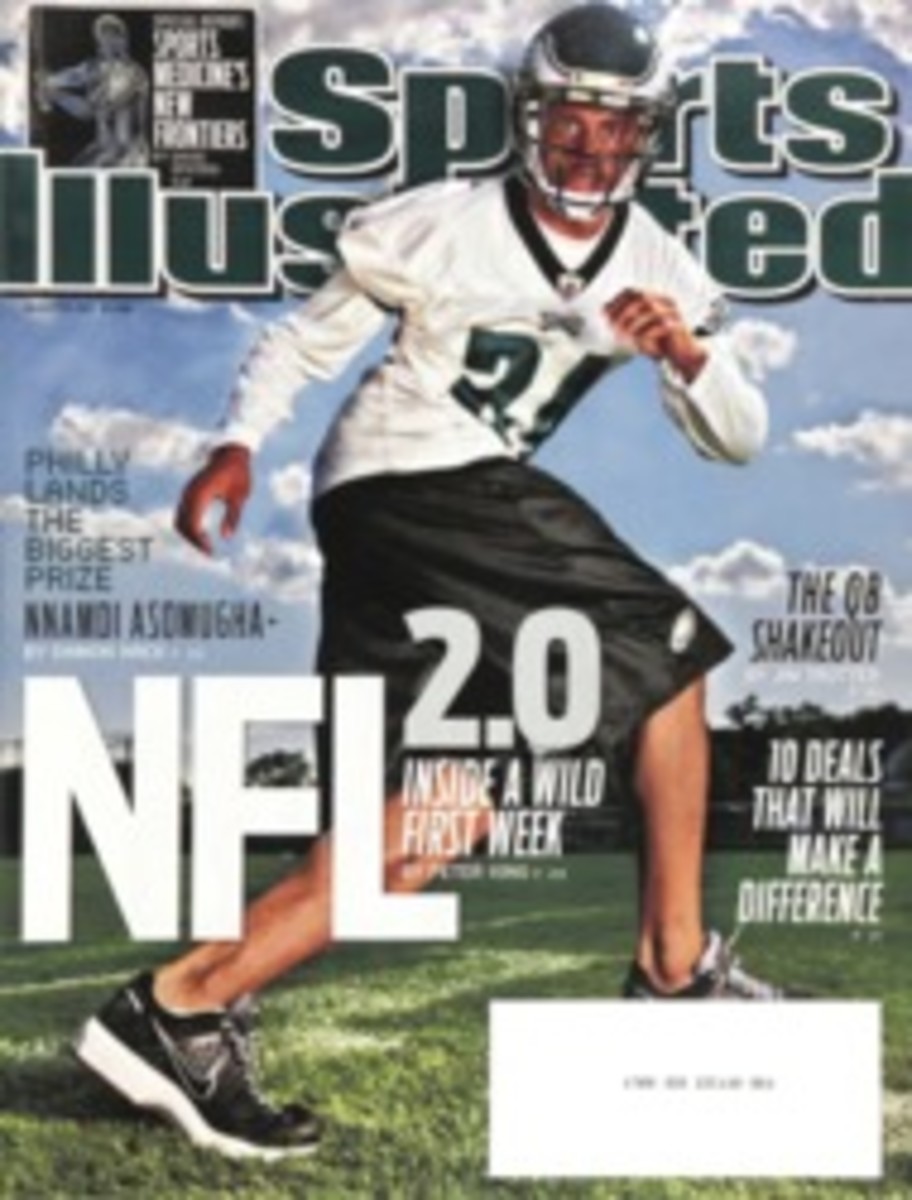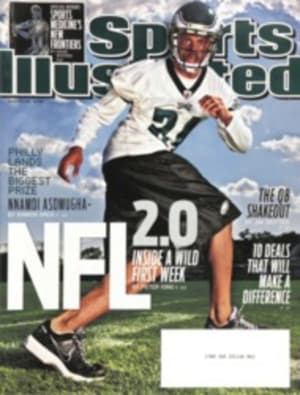
REBUILT AT THE BODY SHOP
1 PLATELET-RICH PLASMA THERAPY
This procedure, in which a patient's blood is extracted and spun in a centrifuge to separate the concentrated platelets, which are then injected at the site of an injury, has been used since the 1970s, but new portable technology has made it easily available outside hospitals. "Nobody knows just what injuries respond to platelets," says David Altchek, orthopedic surgeon at the Hospital for Special Surgery in New York City and medical director for the Mets. "There's a very good case for tennis elbow, and we know if you cut yourself with a razor, platelets work [by clotting]. But there are no side effects. It's as safe as medical treatments come."
2 ROTATOR CUFF AND LABRAL TEAR SURGERY
The rotator cuff (the muscles and tendons that stabilize the shoulder) and the labrum (the cartilage band that rings the shoulder joint) often tear together. Surgeons used to trim the labrum or create a bony barrier to keep tendons from slipping out of place, but these days after a SLAP (superior labral from anterior to posterior) tear they aim to restore the original anatomy of the shoulder. Results have been mixed. "The Phillies looked at players who had SLAP repair throughout the organization," Altchek says, "and the return-to-sport rate was [about] 30 percent."
3 SPINAL FUSION
"A lot of linemen need this when they're done playing," says Altchek. "When they drive forward off the line, they extend their spines, and they do this over and over. They end up with instability in the spine that compresses nerves, causing pain." To relieve pressure on the nerves, screws and rods are used to anchor the spinal disks in place. In some cases, the disks themselves have to be replaced. It's extremely rare for a player to even attempt to return to action after this operation.
4 TOMMY JOHN SURGERY
In this procedure, first performed in 1974, a tendon taken from elsewhere in the body (most often the forearm but also the ankle or hamstring) is threaded through holes drilled in the arm bones to replace the ulnar collateral ligament. Twenty years ago just over half of Tommy John patients returned at least to the same level of performance, but now the rate is near 90%. "They used to move the ulnar nerve and make more holes in the humerus," Altchek says. "Now they don't move the nerve, and they make fewer and smaller holes to reduce the surgical injury."
5 MICROFRACTURE SURGERY
This technique gets its name from the tiny holes bored into the end of the femur in the knee joint, allowing bone marrow stem cells to seep out and grow into cartilage. Longer periods of postoperative inactivity (crutches for two months and no impact exercise for three), combined with the use of antigravity treadmills, have increased athletes' chances of returning successfully.
6 ACL RECONSTRUCTION
At least half a dozen methods of repairing the anterior cruciate ligament (ACL) have been tried, but it's now clear that the best procedure is to reconstruct the ligament using a graft made from part of the patella tendon or from a piece of hamstring tendon. "The science has changed dramatically over the last five years," Altchek says. "Now we restore the exact original anatomy of the knee, and osteoarthritis isn't inevitable."
7 FAI REPAIR
An injury that was rarely recognized a decade ago, femoroacetabular impingement (FAI) can cause ailments from chronic groin pulls to lower back pain. It occurs when the head of the femur does not fit perfectly into the pelvis socket to form the hip joint. The misshapen head scrapes away at the protective cartilage, tearing it. Surgeons have refined a method of arthroscopically shaving the head of the femur to make it fit.
ILLUSTRATION
ILLUSTRATION BY BRYAN CHRISTIE

